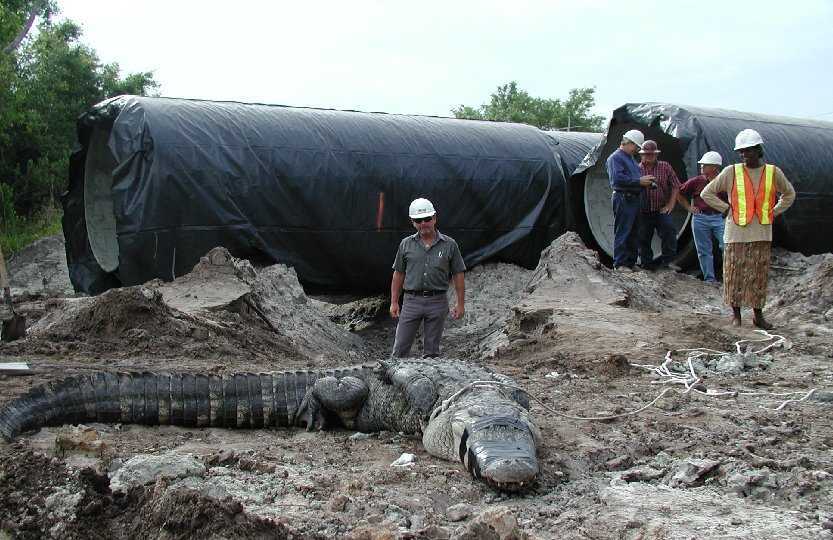How Hybrid Cloud Storage offloads storage management to the cloud
As the saying goes, "when you’re up to your neck in alligators, it’s easy to forget that the initial objective was to drain the swamp."
IT professionals are plenty familiar with compelling interruptions that need to be dealt with quickly, but keep them from getting high-priority work done. That's one of the reasons IT leaders are looking for SAAS solutions - to decrease the potential for technology alligators to delay the projects they are being measured on.
A big advantage of SAAS is offloading the infrastructure needed to run applications in-house. In a traditional data center, application workload changes may require infrastructure changes that have secondary impacts that disrupt productivity on other applications and systems. SAAS circumvents both primary and secondary infrastructure impacts by isolating the application and it's infrastructure on an external site. The SAAS provider keeps customers up to date on the newest capabilities but also manages the bug fixes, workloads and all the infrastructure elements needed. That leaves a lot more time for the IT team to focus on delivering the technology solutions that business leaders want. SAAS is a terrific solution, but there are many applications - especially line of business applications - that are not available or do not otherwise fit the SAAS model. The whole concept of Hybrid IT is based on this reality. SAAS works great for some things but not others.
Hybrid Cloud Storage is similar to SAAS in several ways. It is an infrastructure enabler that transfers time-consuming management tasks, processes and their secondary impacts to the cloud. Like SAAS, there are some applications Hybrid Cloud Storage is not a good solution for, such as low latency transaction processing, but there are many where it works extremely well.
 Managing storage capacity growth is a great example of a time consuming storage management process that data center managers know well. As application workloads scale, the available storage capacity is consumed, threatening the ability to meet service levels. Storage administration is largely an exercise in planning and implementing the response to this endless cycle. Sometimes it involves upgrading the capacity in arrays and re-balancing workloads, sometimes it involves migrating workloads with virtualization technologies, sometimes it involves acquiring additional arrays and sometimes it involves all of these. My friends at 3PAR used to call this Storage Tetris. The process becomes increasing difficult over time until there are few options left but to acquire additional arrays, along with the associated costs of data center footprint/power and data protection they impose. When you couple this dynamic with the limited life-span of most storage products it's easy to see why storage consumes such a large part of the IT team's attention and budget.
Managing storage capacity growth is a great example of a time consuming storage management process that data center managers know well. As application workloads scale, the available storage capacity is consumed, threatening the ability to meet service levels. Storage administration is largely an exercise in planning and implementing the response to this endless cycle. Sometimes it involves upgrading the capacity in arrays and re-balancing workloads, sometimes it involves migrating workloads with virtualization technologies, sometimes it involves acquiring additional arrays and sometimes it involves all of these. My friends at 3PAR used to call this Storage Tetris. The process becomes increasing difficult over time until there are few options left but to acquire additional arrays, along with the associated costs of data center footprint/power and data protection they impose. When you couple this dynamic with the limited life-span of most storage products it's easy to see why storage consumes such a large part of the IT team's attention and budget.
Hybrid Cloud Storage circumvents this capacity-growth cycle by uploading dormant data to the cloud and freeing capacity on-premises for new, active data and workloads. This is a fundamentally different approach than traditional storage where data consumes primary storage capacity regardless of whether it is being used or not. Dormant, unstructured data is very difficult to manage with traditional storage, but is automatically and transparently managed by Hybrid Cloud Storage. At some point the cloud storage containers used with Hybrid Cloud Storage run out of capacity too but they have scaling limits that are many times larger than on-premises arrays. That means capacity management in the cloud is done far less frequently and because it happens in the cloud it does not have secondary impacts on other applications and systems on-premises. Tetris is much easier when there is a lot of space to work with and when you don't have to worry about upsetting other workloads in the mix.
Putting data on Hybrid Cloud Storage also transfers the associated costs of footprint and power to the cloud. For some corporate data centers, this isn't that big a deal, but for others it's critical to get more done with the facility limitations they have. Also, when you consider the additional data protection hardware that is typically needed to backup the data that is stored on new arrays, the ability to move backup data to the cloud is also an important secondary benefit of Hybrid Cloud Storage (as opposed to being a secondary problem).
I will have other blog posts soon that discuss the significant changes that Hybrid Cloud Storage brings to data protection in much greater detail.

